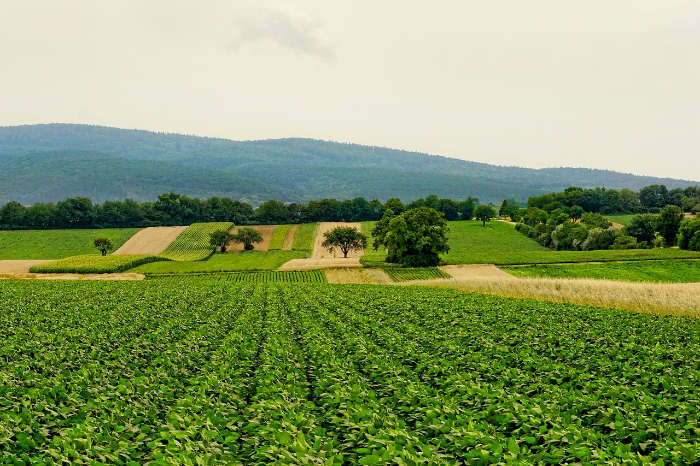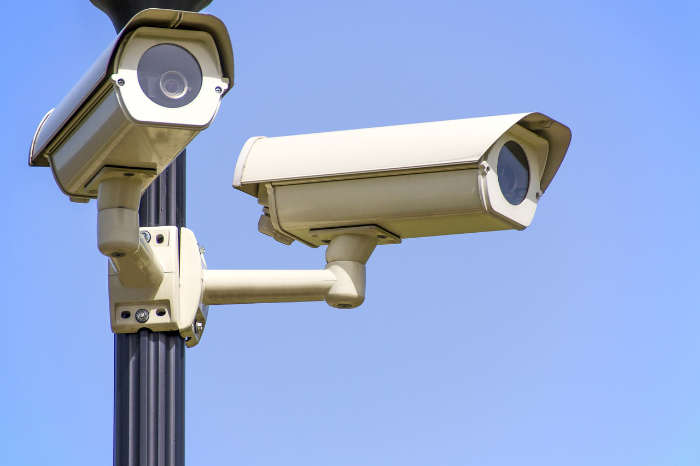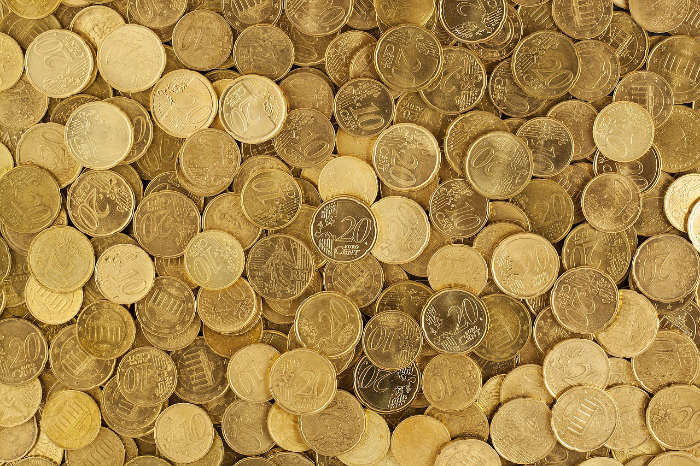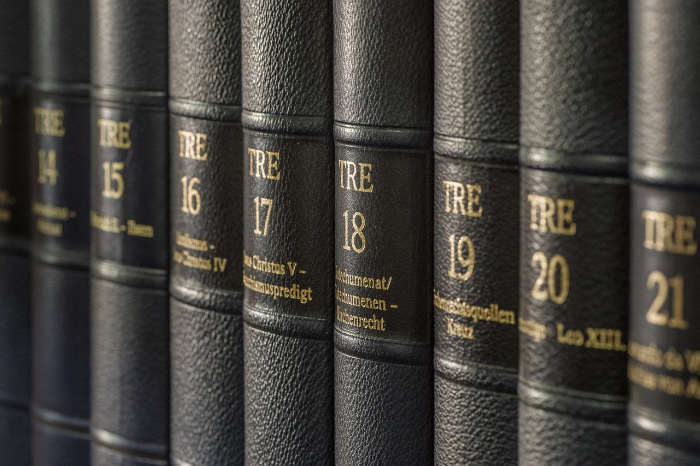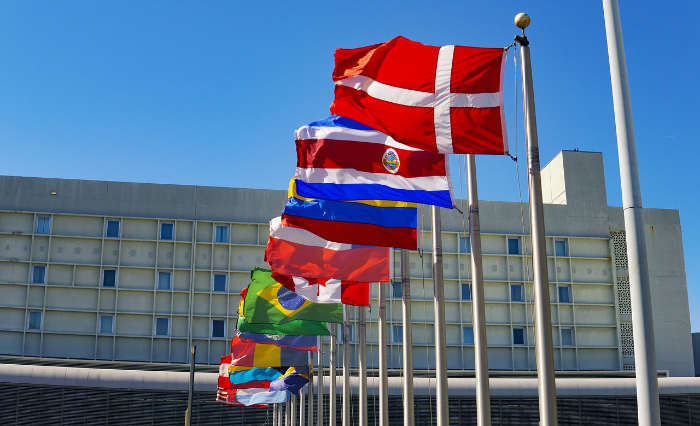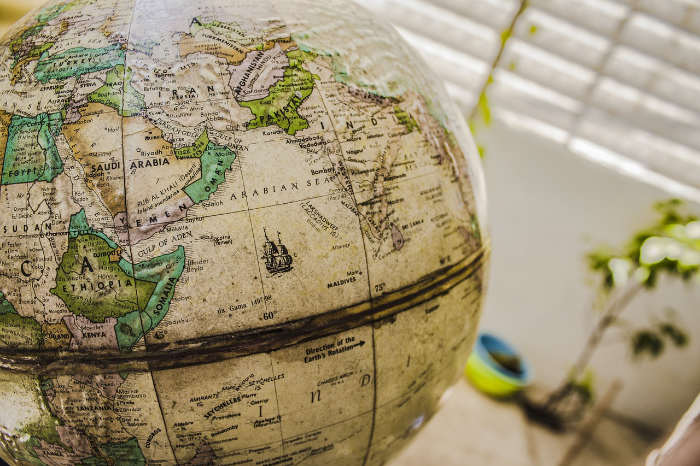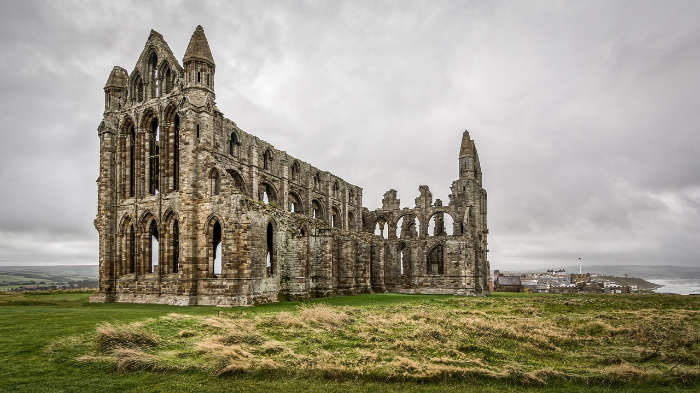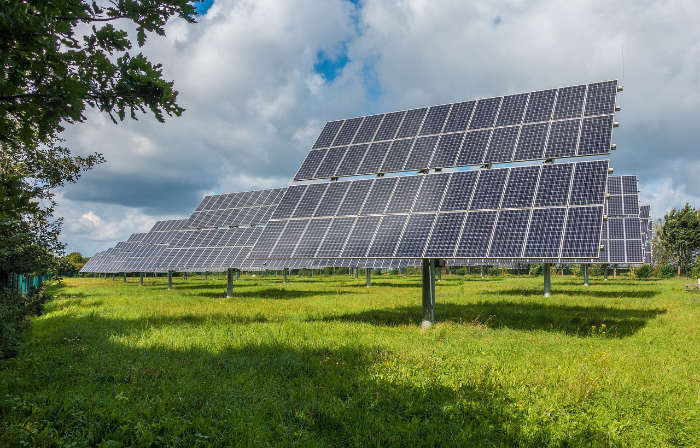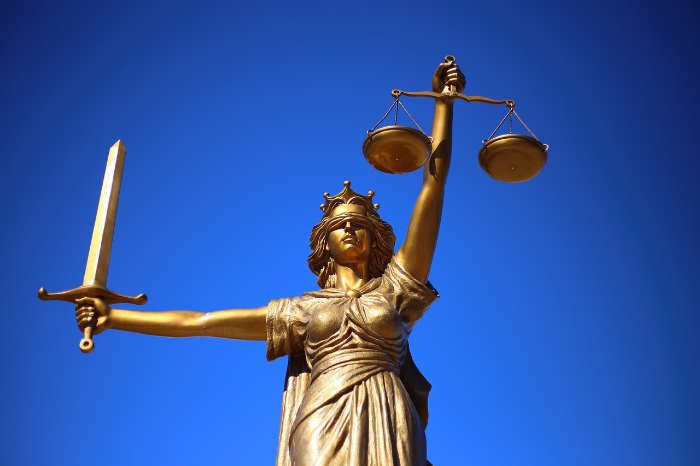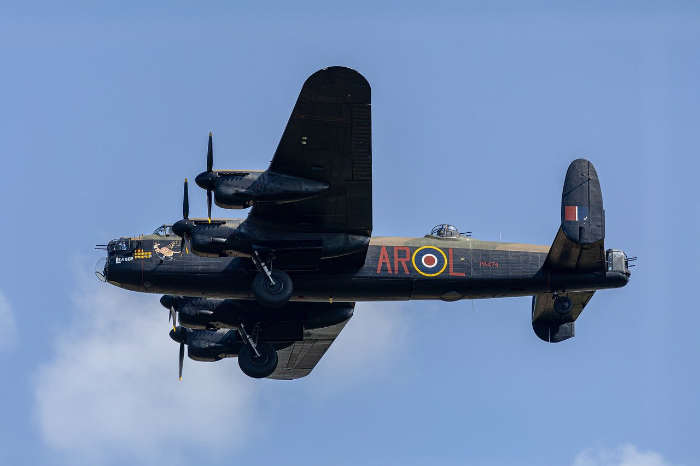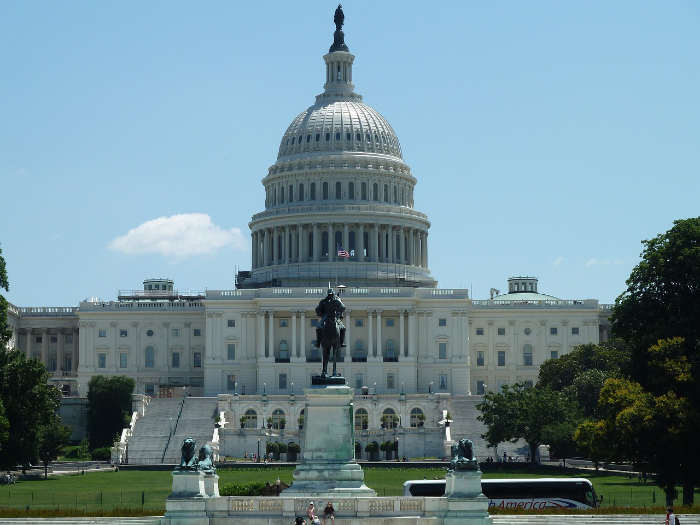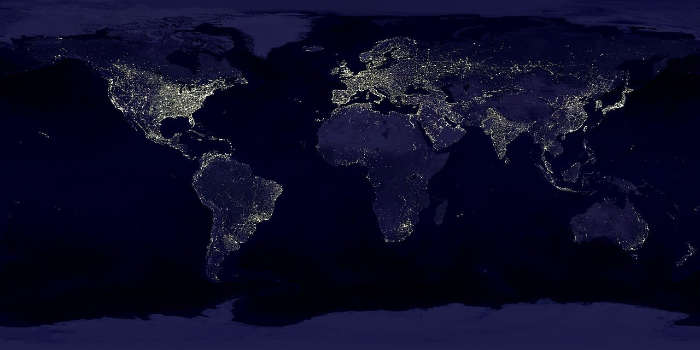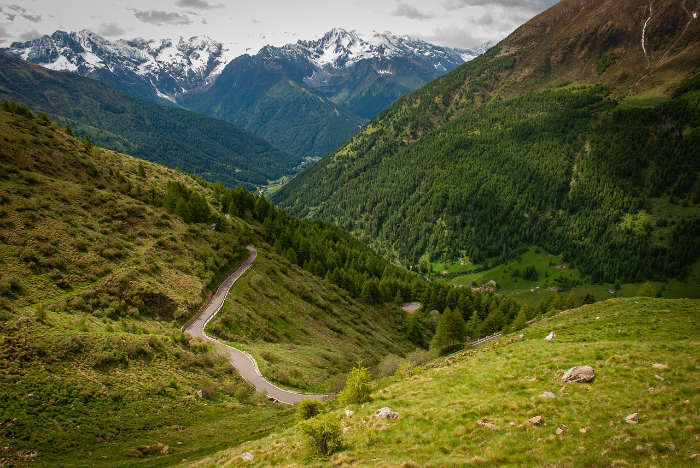British Commonwealth Countries 2025

Yes
No
British Commonwealth
Country | British Commonwealth↓ | Commonwealth of Nations | Commonwealth Realm | Date Joined | |
|---|---|---|---|---|---|
| India | Yes | Yes | No | 1947 | |
| Pakistan | Yes | Yes | No | 1947 | |
| United Kingdom | Yes | Yes | Yes | 1931 | |
| South Africa | Yes | Yes | No | 1931 | |
| Canada | Yes | Yes | Yes | 1931 | |
| Australia | Yes | Yes | Yes | 1931 | |
| Sri Lanka | Yes | Yes | No | 1948 | |
| New Zealand | Yes | Yes | Yes | 1931 | |
| Nigeria | No | Yes | No | 1960 | |
| Bangladesh | No | Yes | No | 1972 | |
| Tanzania | No | Yes | No | 1961 | |
| Kenya | No | Yes | No | 1963 | |
| Uganda | No | Yes | No | 1962 | |
| Malaysia | No | Yes | No | 1957 | |
| Mozambique | No | Yes | No | 1995 | |
| Ghana | No | Yes | No | 1957 | |
| Cameroon | No | Yes | No | 1995 | |
| Malawi | No | Yes | No | 1964 | |
| Zambia | No | Yes | No | 1964 | |
| Rwanda | No | Yes | No | 2009 | |
| Papua New Guinea | No | Yes | Yes | 1975 | |
| Togo | No | Yes | No | 2022 | |
| Sierra Leone | No | Yes | No | 1961 | |
| Singapore | No | Yes | No | 1965 | |
| Namibia | No | Yes | No | 1990 | |
| Jamaica | No | Yes | Yes | 1962 | |
| Gambia | No | Yes | No | 1965 | |
| Gabon | No | Yes | No | 2022 | |
| Botswana | No | Yes | No | 1966 | |
| Lesotho | No | Yes | No | 1966 | |
| Trinidad and Tobago | No | Yes | No | 1962 | |
| Cyprus | No | Yes | No | 1961 | |
| Mauritius | No | Yes | No | 1968 | |
| Eswatini | No | Yes | No | 1968 | |
| Fiji | No | Yes | No | 1970 | |
| Solomon Islands | No | Yes | Yes | 1978 | |
| Guyana | No | Yes | No | 1966 | |
| Malta | No | Yes | No | 1964 | |
| Maldives | No | Yes | No | 1982 | |
| Brunei | No | Yes | No | 1984 | |
| Belize | No | Yes | Yes | 1981 | |
| Bahamas | No | Yes | Yes | 1973 | |
| Vanuatu | No | Yes | No | 1980 | |
| Barbados | No | Yes | No | 1966 | |
| Samoa | No | Yes | No | 1970 | |
| Saint Lucia | No | Yes | Yes | 1979 | |
| Kiribati | No | Yes | No | 1979 | |
| Seychelles | No | Yes | No | 1976 | |
| Grenada | No | Yes | Yes | 1974 | |
| Tonga | No | Yes | No | 1970 | |
| Saint Vincent and the Grenadines | No | Yes | Yes | 1979 | |
| Antigua and Barbuda | No | Yes | Yes | 1981 | |
| Dominica | No | Yes | No | 1978 | |
| Saint Kitts and Nevis | No | Yes | Yes | 1983 | |
| Nauru | No | Yes | No | 1968 | |
| Tuvalu | No | Yes | Yes | 1978 |
- The name British Commonwealth is easily confused with multiple similar, but different names:
- The Commonwealth of Nations, the name that replaced the name British Commonwealth in 1949. Both names refer to the same 56-country organization. However, countries that joined after 1949 are listed as members of the Commonwealth of Nations, but not the British Commonwealth.
- The Commonwealth Realms, which is a smaller, related group of just countries which count the monarch of England (currently King Charles III as of 2023) as their monarch.
- The Commonwealth of Independent States, a separate and unrelated international organization made up of former members of the Soviet Union.
The British Commonwealth is the former name of the Commonwealth of Nations, a 54-member humanitarian coalition of countries. Often referred to as simply “The Commonwealth,” the organization is devoted to “the development of free and democratic societies and the promotion of peace and prosperity to improve the lives of all the people of the Commonwealth.” The Commonwealth of Nations is sometimes confused with the Commonwealth of Independent States, a separate and unrelated international organization whose members are made up of former members of the Soviet Union.
Countries of the British Commonwealth (1926-1949)
| Country | Year Joined |
|---|---|
| Australia | 1931 (founding) |
| Canada | 1931 (founding) |
| India | 1947 |
| Irish Free State | 1931 (founding) |
| New Zealand | 1931 (founding) |
| Newfoundland | 1931 (founding) |
| Pakistan | 1947 |
| South Africa | 1931 |
| Sri Lanka | 1948 |
| United Kingdom | 1931 (founding) |
The table above warrants significant clarification.
- Although the Commonwealth is widely considered to have begun with the signing of the Balfour Declaration in 1926, the official founding documents were not completed until the 1931 Statute of Westminster, so that is the date founding countries are said to have joined.
- Two founding states are no longer members. Newfoundland reverted to British rule in 1934 before merging with Canada in 1949, and the Irish Free State left upon becoming the Republic of Ireland, also in 1949. Also, both Pakistan and South Africa have left and rejoined in the years since their initial admission.
- This table specifically addresses the countries of the British Commonwealth. As such, countries joining after the 1949 name change to Commonwealth of Nations do not appear. They are, however, listed in the master table further down this page as well as on the Commonwealth of Nations page.
Commonwealth Realms vs the Commonwealth of Nations
Another source of confusion is the term Commonwealth Realm, which is used to indicate 14 former British Colonies that still consider the U.K.’s King Charles III their official monarch. All 14 Commonwealth Realms belong to the Commonwealth of Nations, but the other 40 members of the Commonwealth of Nations are not, in fact, Commonwealth Realms. It is also expected that some of the Commonwealth Realms will reassess their acknowledgment of the monarchy on the heels of the crown’s transfer from the late Queen Elizabeth II to her son King Charles III.
List of Commonwealth Realms
The History of the British Commonwealth
The original British Commonwealth was founded with the signing of the Balfour Declaration in 1926 and included Australia, Canada, the Irish Free State, New Zealand, Newfoundland, and the United Kingdom. Although the majority of Commonwealth members are former British colonies, most are now independent. Given this independence—and the fact that most Commonwealth member countries are geographically located far from Britain—the decision was made to adopt a more appropriate name. Thus, the British Commonwealth became the Commonwealth of Nations in 1949.
Over time, membership has expanded. Today, the Commonwealth includes fifty-four countries, largely in Asia and Africa, including nearly all of the world’s English speaking countries.
The Principles and Populations of Commonwealth Countries
One of the most important principles established by the Commonwealth was the idea that all British Empire countries were on par with the United Kingdom—hence the use of the word Commonwealth in the organization’s title. This had not been the case previously. Rather, the U.K. had been viewed as greater than all other countries in the British Empire. This newfound hierarchy—or lack thereof—was a huge step for equality among European countries.
As mentioned, the Commonwealth of Nations is an organization made up of fifty-four countries around the world, most of which are former territories of the British Empire. Today, the Commonwealth has at least one member on every continent in the world, including North America (Canada), South America (Guyana), and Oceania (Australia). The United Kingdom is, of course, part of the Commonwealth, as are a few Asian countries and the majority of southern African nations.
The member states of the Commonwealth are united through shared values, history, culture, and shared language (most speak English as their primary language). These fifty-four nations have a combined population of over two-point-three billion people, with the most densely populated countries being Bangladesh, India, Nigeria, Pakistan, and the United Kingdom. India’s population accounts for most of the Commonwealth’s total population. Current Commonwealth of Nations countries, as well as the countries that still remain from the original British Commonwealth, can be seen below.
